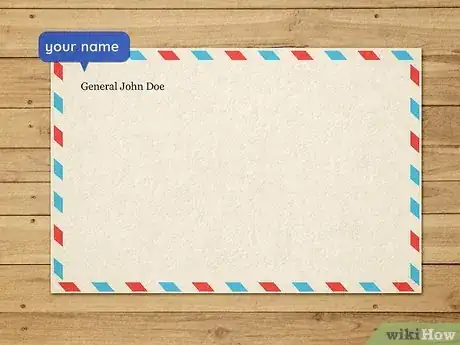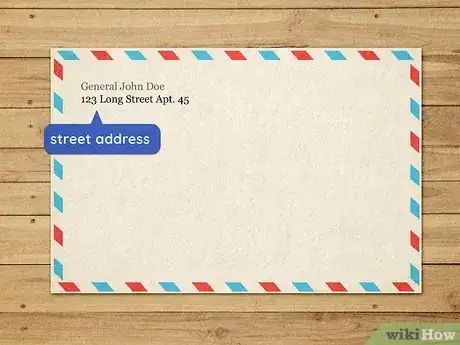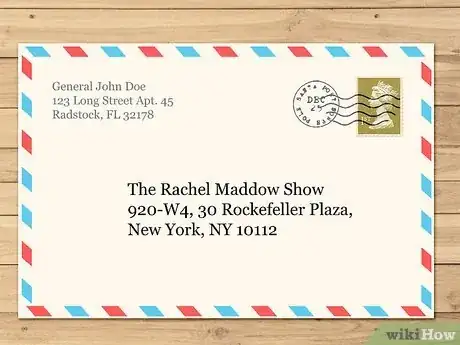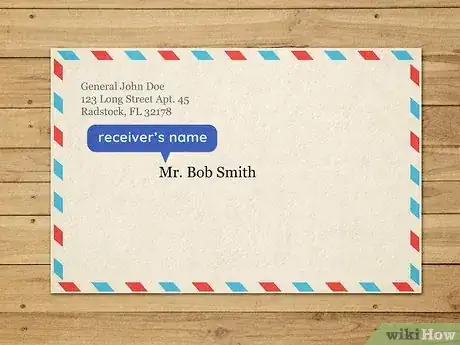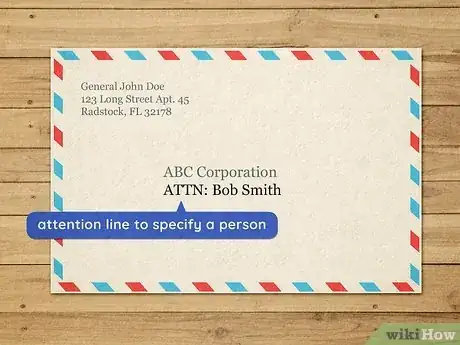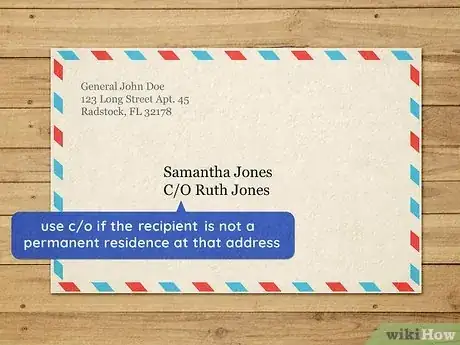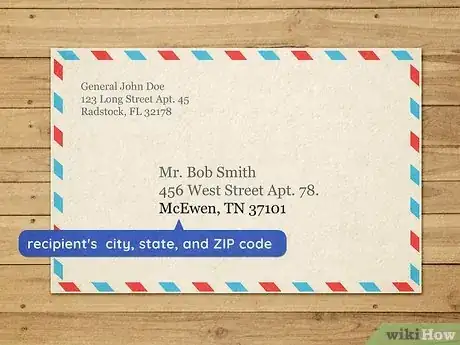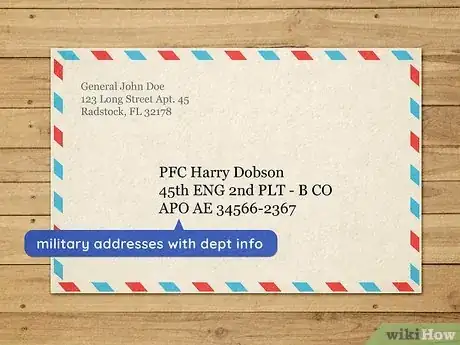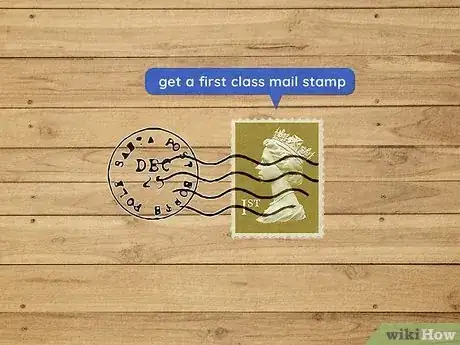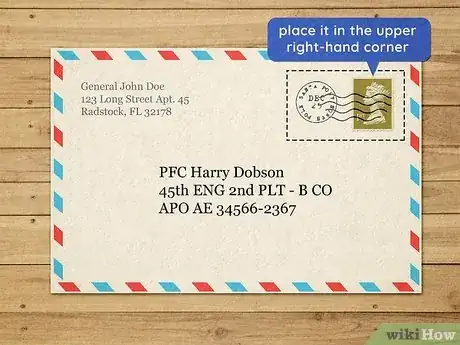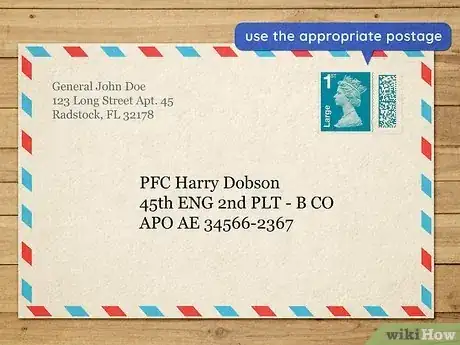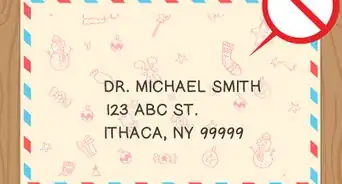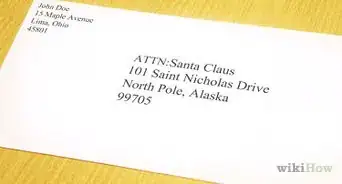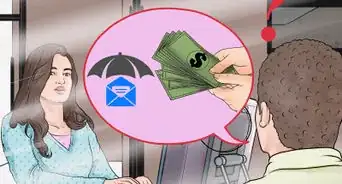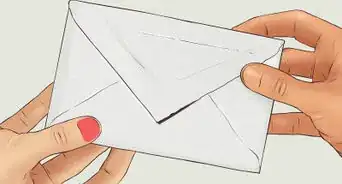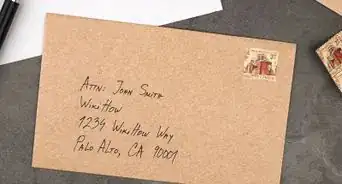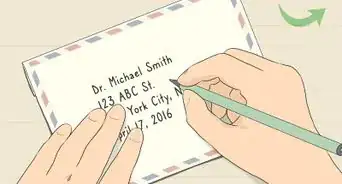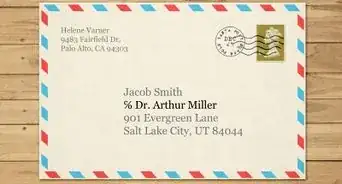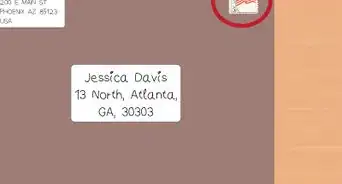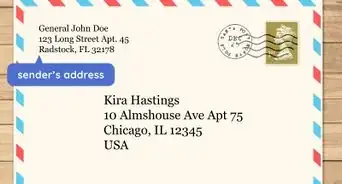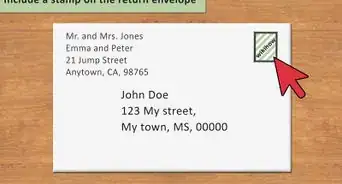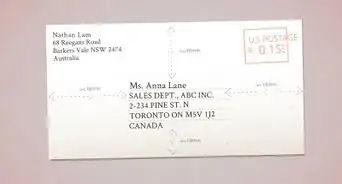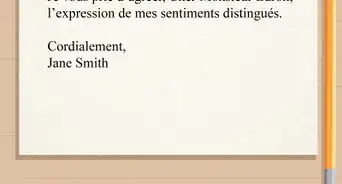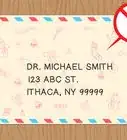This article was co-authored by Tami Claytor and by wikiHow staff writer, Aly Rusciano. Tami Claytor is an Etiquette Coach, Image Consultant, and the Owner of Always Appropriate Image and Etiquette Consulting in New York, New York. With over 20 years of experience, Tami specializes in teaching etiquette classes to individuals, students, companies, and community organizations. Tami has spent decades studying cultures through her extensive travels across five continents and has created cultural diversity workshops to promote social justice and cross-cultural awareness. She holds a BA in Economics with a concentration in International Relations from Clark University. Tami studied at the Ophelia DeVore School of Charm and the Fashion Institute of Technology, where she earned her Image Consultant Certification.
There are 15 references cited in this article, which can be found at the bottom of the page.
wikiHow marks an article as reader-approved once it receives enough positive feedback. This article has 21 testimonials from our readers, earning it our reader-approved status.
This article has been viewed 1,935,511 times.
Whether you’re sending a letter to a friend, loved one, or future employer, making sure it gets to the right person is crucial. If you’re not sure how to label an envelope or letter, worry not because we’ve put together a helpful step-by-step guide just for you! Keep reading to learn how to write a return and mailing address and use stamps.
Things You Should Know
- Put your name, street address, and ZIP code in the upper left-hand corner of the envelope so the letter can be mailed back to you if it gets lost.
- Label the center of the envelope with the recipient’s name, title, and address to ensure it gets to the right person.
- Make sure to put a stamp in the upper left-hand corner of the envelope—if your letter weighs more than 1 oz (28 g), use two!
Steps
Return Address
-
1Put your name in the upper left-hand corner. Place the envelope on a flat surface with the flat side facing up. Write your first and last name in your neatest handwriting. If you have a special title, like Mr., Mrs., Dr., or General, make sure to include that too.[1]
- For example, you might write “General John Doe” or “John Doe.”
- A return address is your home address or the place where you’re sending the letter from. It ensures that if something happens to your letter, it can be sent back to you.[2]
-
2Print your street address under your name. Write your street address on the second line in the upper left-hand corner. If you live in an apartment complex, make sure to include your apartment or suite number.[3]
- For instance, you might write “123 Long Street” or “123 Long Street Apt. 45.”
- If you’re mailing your envelope from a PO box, list the PO box instead of the street address.[4]
Advertisement -
3Place your city, state, and ZIP code under the street address. If this information takes up more than one line, that’s okay! Simply write the ZIP code on a fourth line.[5]
- The third line of your return address may look like “Radstock, FL 32178.”
Mailing Address
-
1Print the name of the person you're sending the mail to. Write out the first and last name of the person receiving the envelope in the center of the envelope. If they have a legal or professional title, like Mr., Mrs., Dr., or General, make sure to include that too.[6]
- The mailing address is where you want the envelope to go, indicating the letter’s destination.
- For example, you may write “Bob Smith” or “Mr. Bob Smith.”
-
2Add an attention line if the letter is for an individual at a company. Say you’re sending an envelope to a business’s head office. There are multiple people in an office, so you need to specify who the letter is for. Use the abbreviation “ATTN:” along with the person’s name under the business or company's name.
- For instance, if the envelope is being sent to a company named Big Corporation X but is for a Bob Smith, you’d write “ATTN: Bob Smith” under the first line of the mailing address or company name.
- This helps ensure that your letter winds up in the correct person’s hands instead of getting lost in a company’s mail room.
-
3Use the abbreviation "c/o" if the letter will be handed to someone else.[7] Write “c/o” (which stands for “in care of”) on the second line if you're sending the envelope to someone who doesn't live at the address.[8]
- For instance, say you want to send a letter to your aunt, who is staying with your grandma for a few months. Write your aunt's name on the first line and your grandma's name on the second line after “c/o.”
- If you’re applying for a job, address the envelope to the head of the hiring committee, but include the name of the administrative assistant handling applications after “c/o”: “c/o John Smith.”
-
4Write the recipient's street address under their name. The street address can be on the second or third line of the mailing address, depending on if you’ve included an “ATTN:” or “c/o” label. Make sure to include the entire address and any apartment or suite numbers.
- You may write something like, “456 West Street” or “456 West Street Apt. 78.”
-
5Print the recipient’s city, state, and ZIP code under the street address. Place a comma between the city and state, and write down the state using its abbreviation.
- For example, the final line in the mailing address may be, “McEwen, TN 37101.”
- Some people prefer using a ZIP+4 code when sending letters to avoid possible errors in delivery, as the extra 4 numbers identify specific geographic regions like city blocks. To find a ZIP+4 code, use the USPS’s ZIP code finder.[9]
- If you’re sending mail internationally, include the recipient’s city, province/state/county, and postal code under the street address, and then the country on the following line.[10]
-
6Detail military addresses with department information. If you’re sending an envelope to a military address, put the recipient's full name on the first line of the mailing address, along with their PSC number, unit number, or ship name. Use “APO” (Air/Army Post Office), “FPO” (Fleet Post Office), or “DPO” (Diplomatic Post Office) instead of a city in the second or third line.[11] Replace the state with “AA” (Armed Forces of the Americas), “AE” (Armed Forces of Europe), or “AP” (Armed Forces of the Pacific), and use a ZIP+4 code.[12]
- For instance, the first line may read, “PFC Harry Dobson,” with the second line being, “45th ENG 2nd PLT - B CO,” and the third, “APO AE 34566-2367.”
- Use USPS’s APO/FPO/DPO Restrictions tool to search for military ZIP codes.
Postage
-
1Get a First Class Mail Stamp to mail a regular letter. Every letter or envelope needs some sort of postage. Basically, it’s how you pay for your letter to be delivered![13]
-
2Place the stamp in the upper right-hand corner of your envelope. Simply stick a stamp (or more, if necessary) on your envelope before you place it in a mailbox or give it to a mail carrier. Make sure the stamp doesn’t go over any parts of your addresses.
-
3Use the appropriate postage if your envelope is oddly-shaped or heavy. There are multiple types of USPS postage, and their rates change quite frequently. Head to USPS’s official website to see how much stamps cost and how heavy your envelope can be.
- Large envelopes or small packages currently cost $1.20 to mail.[16]
- First-Class Mail letters can’t weigh more than 3.5 oz (99 g), and First-Class envelopes can’t weigh more than 13 oz (369 g).
- Old stamps may not fully cover mailing costs. A good way to handle surprise rate increases is to purchase Forever Stamps. These are non-denominational stamps used to mail First-Class letters forever, regardless of subsequent price increases.[17]
Community Q&A
-
QuestionWhere do I place stickers on an envelope I am going to mail?
 Community AnswerIt depends on the sticker. If the sticker is a post stamp, it will go in the upper right corner. If the sticker contains your address (return label), it will go in the upper left corner. If the sticker is a seal, or just a kid's sticker, you can place it on the back of the envelop, right over the center of the flap.
Community AnswerIt depends on the sticker. If the sticker is a post stamp, it will go in the upper right corner. If the sticker contains your address (return label), it will go in the upper left corner. If the sticker is a seal, or just a kid's sticker, you can place it on the back of the envelop, right over the center of the flap. -
QuestionShould I use pen or pencil?
 Community AnswerThough it is not strictly required, it is recommended that one use a permanent pen or marker. A pencil may be used, but is not recommended as it can become erased, therefore hindering proper delivery of the parcel. When writing with a marker or felt tip pen, prepare the envelope before inserting the letter so the ink does not bleed onto the letter.
Community AnswerThough it is not strictly required, it is recommended that one use a permanent pen or marker. A pencil may be used, but is not recommended as it can become erased, therefore hindering proper delivery of the parcel. When writing with a marker or felt tip pen, prepare the envelope before inserting the letter so the ink does not bleed onto the letter. -
QuestionIs a zip code the same thing as a postal code?
 Community AnswerYes. The term "zip code" is mainly used in the USA, while the term "postal code" is commonly used in other countries.
Community AnswerYes. The term "zip code" is mainly used in the USA, while the term "postal code" is commonly used in other countries.
Warnings
- Always use legible handwriting and avoid cursive when writing on an envelope, so the mail carrier can make sure it gets to the right place.⧼thumbs_response⧽
- Never use commas or periods outside of the city and state information when addressing your envelope, as it may lead to delivery confusion.[19]⧼thumbs_response⧽
References
- ↑ https://www.ups.com/us/en/support/shipping-support/print-shipping-labels/how-to-write-address.page
- ↑ https://pe.usps.com/businessmail101?ViewName=ReturnAddress
- ↑ https://youtu.be/C7VXXSk-M_s?t=17
- ↑ https://www.ups.com/us/en/support/shipping-support/print-shipping-labels/how-to-write-address.page
- ↑ https://youtu.be/C7VXXSk-M_s?t=25
- ↑ https://www.ups.com/us/en/support/shipping-support/print-shipping-labels/how-to-write-address.page
- ↑ https://faq.usps.com/s/article/How-do-I-address-mail-In-care-of
- ↑ https://faq.usps.com/s/article/How-do-I-address-mail-In-care-of
- ↑ https://pe.usps.com/businessmail101?ViewName=DeliveryAddress
- ↑ https://www.usps.com/international/letters.htm
- ↑ http://pe.usps.com/text/dmm100/addressing-mail.htm
- ↑ https://faq.usps.com/s/article/How-Do-I-Address-Military-Mail
- ↑ https://faq.usps.com/s/article/Postage-Stamps-The-Basics#whatarepostagestamps
- ↑ https://www.stamps.com/usps/current-postage-rates/
- ↑ https://about.usps.com/postal-bulletin/2007/html/pb22218/kit1_021.html
- ↑ https://www.usps.com/ship/first-class-mail.htm
- ↑ https://faq.usps.com/s/article/Postage-Stamps-The-Basics#foreverstamps
- ↑ https://pe.usps.com/text/dmm100/addressing-mail.htm
- ↑ http://pe.usps.com/text/dmm100/addressing-mail.htm
About This Article
To address or label an envelope, first write the return address on the front top left corner by including your name, your street address, and your city, state, and zip code. To write the mailing address, print the name of the person you’re sending the letter to in the center of the front of the envelope. Write the recipient’s street address on the line below their name. Finally, write their city, state, and zip code on the third line. When you’re done addressing the envelope, place a stamp in the upper right corner before sending it to the recipient. To learn about adding the correct postage to your envelope, read on!
